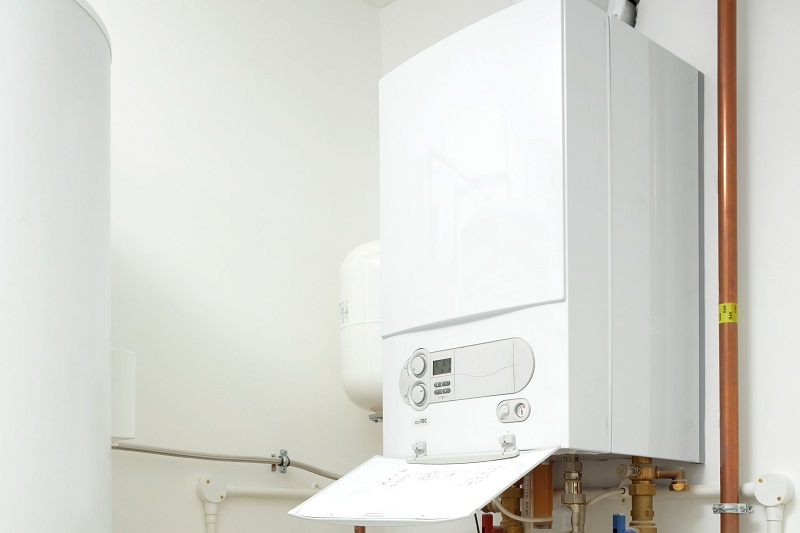Fixtures in buildings

|

|
According to HMRC, ‘… a fixture is an asset that is installed or otherwise fixed in or to a building or land so as to become part of that building or land in law’ (for example, a boiler).
This is as opposed to a chattel, which is, ‘…an asset, which is tangible and moveable’ (such as furniture). For example, a bath may be a fixture, but a fridge a chattel.
HMRC suggest that, ‘… a chattel may become a fixture if it is fixed to a building or land. For example, before it is installed in a building as part of a central heating system, a central heating radiator is a chattel. Once installed, it becomes a fixture.’
This can be particularly important in the sale of property or in leasehold agreements, where the distinction between fixtures and chattels can determine ownership.
There are two key tests for identifying whether something is a fixture or a chattel:
- The degree of physical affixation. This is not a conclusive test, but generally, the greater the degree of affixation (i.e. the damage that would be caused by removal), the more likely it is that an object is a fixture. The easier it is to remove, the more likely it is to be a chattel.
- More conclusively, if the object is intended to be permanent and effect a lasting improvement to the property, it is a fixture. However, if any attachment is intended to be temporary and no more than is necessary for the object to be used and enjoyed, then it is a chattel.
However, these tests are not always used as the basis for determining the right to remove an object. Leasehold agreements will generally distinguish between the landlord’s fixtures and tenants fixtures which they may remove at the end of the lease (as long as they make good any damage). Similarly, conveyancing reports for the sale of property may state that certain fixtures are not being sold as part of the land.
Disputes can arise in particular in relation to expensive items such as paintings that may to a greater or lesser extent be a part of the building in which they are housed. Where there is doubt, it may be advisable to seek legal advice, and ensure that the position is set out in writing before signing any agreement.
In addition, the distinction between fixtures and chattels is important when calculating stamp duty land tax. Fixtures form part of the taxable value of the purchase, whereas chattels do not. The inclusion of fixtures can move the saleable price for tax purposes to the next stamp duty threshold, resulting in a much larger tax liability for the purchaser than had been expected. (Ref. HMRC, SDLTM04010 - Scope: How much is chargeable: Fixtures and fittings.)
HMRC suggest that:
The following items are, however, confirmed as being assets that will normally be regarded as chattels:
- Carpets (fitted or otherwise).
- Curtains and blinds.
- Free standing furniture.
- Kitchen white goods.
- Electric and gas fires (provided that they can be removed by disconnection from the power supply without causing damage to the property).
- Light shades and fittings (unless recessed).
On the other hand, the following items will not normally be regarded as chattels:
- Fitted kitchen units, cupboards and sinks.
- Aga and wall-mounted ovens.
- Fitted bathroom sanitary ware.
- Central heating systems.
- Intruder alarm systems.
Externally, any plants, shrubs or trees growing in the soil which forms part of the land, are not to be regarded as chattels.
A deduction would, however, be appropriate for amounts properly apportioned to any plants growing in pots or containers.
[edit] Related articles on Designing Buildings
- Automated blinds.
- Bath.
- Chattel.
- Consumer electronics.
- Cupboards.
- Equipment.
- Fittings.
- Fixing and fastener.
- Furnishings.
- Furniture, fixtures and equipment.
- Room data sheet.
- Sanitaryware.
- Specification.
[edit] External references
Featured articles and news
C20 Society; Buildings at Risk List 2025
10 more buildings published with updates on the past decade of buildings featured.
Boiler Upgrade Scheme and certifications consultation
Summary of government consultation, closing 11 June 2025.
Deputy editor of AT, Tim Fraser, discusses the newly formed society with its current chair, Chris Halligan MCIAT.
Barratt Lo-E passivhaus standard homes planned enmasse
With an initial 728 Lo-E homes across two sites and many more planned for the future.
Government urged to uphold Warm Homes commitment
ECA and industry bodies write to Government concerning its 13.2 billion Warm Homes manifesto commitment.
From project managers to rising stars, sustainability pioneers and more.
Places of Worship in Britain and Ireland, 1929-1990. Book review.
The emancipation of women in art.
Call for independent National Grenfell oversight mechanism
MHCLG share findings of Building Safety Inquiry in letter to Secretary of State and Minister for Building Safety.
The Architectural Technology Awards
AT Awards now open for this the sixth decade of CIAT.
50th Golden anniversary ECA Edmundson awards
Deadline for submissions Friday 30 May 2025.
The benefits of precast, off-site foundation systems
Top ten benefits of this notable innovation.
Encouraging individuals to take action saving water at home, work, and in their communities.
Takes a community to support mental health and wellbeing
The why of becoming a Mental Health Instructor explained.
Mental health awareness week 13-18 May
The theme is communities, they can provide a sense of belonging, safety, support in hard times, and a sense purpose.
Mental health support on the rise but workers still struggling
CIOB Understanding Mental Health in the Built Environment 2025 shows.
Design and construction material libraries
Material, sample, product or detail libraries a key component of any architectural design practice.























